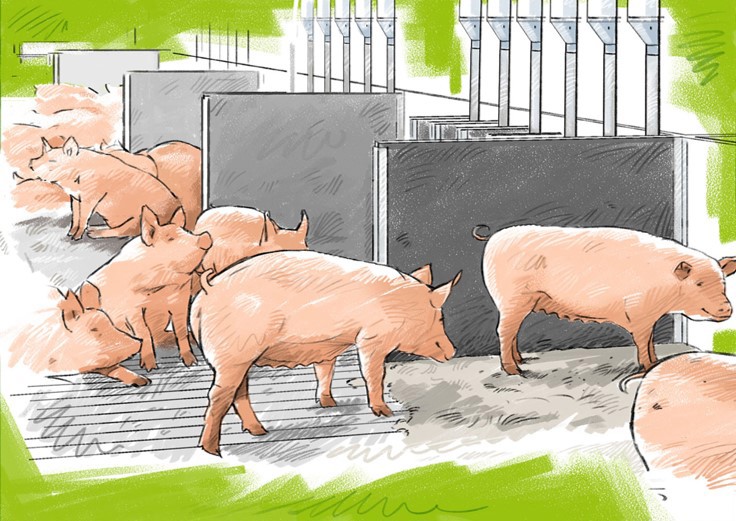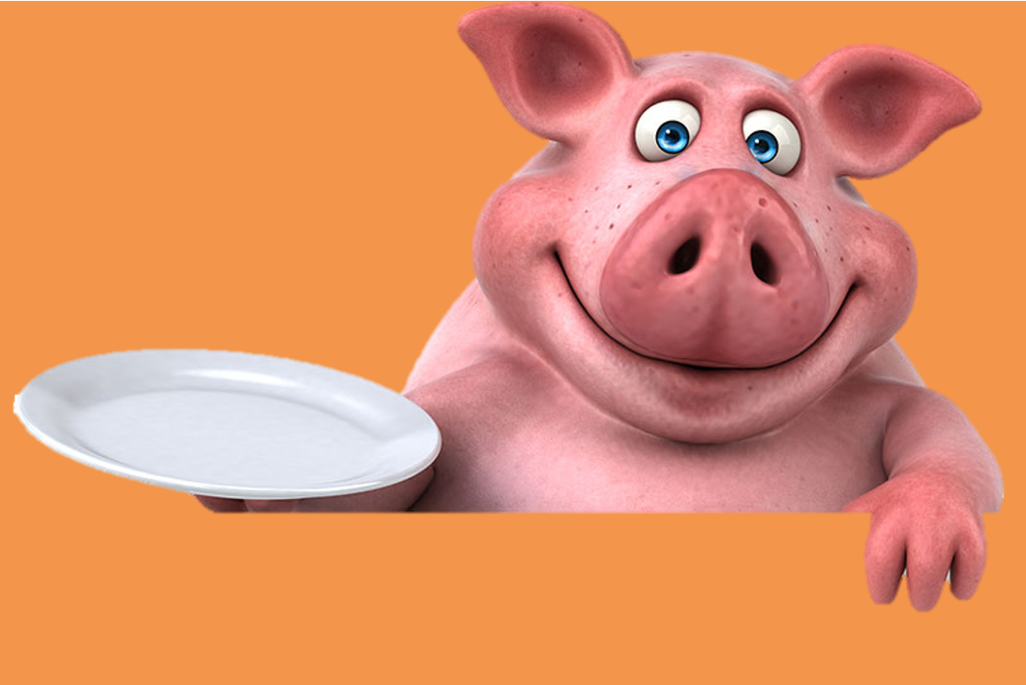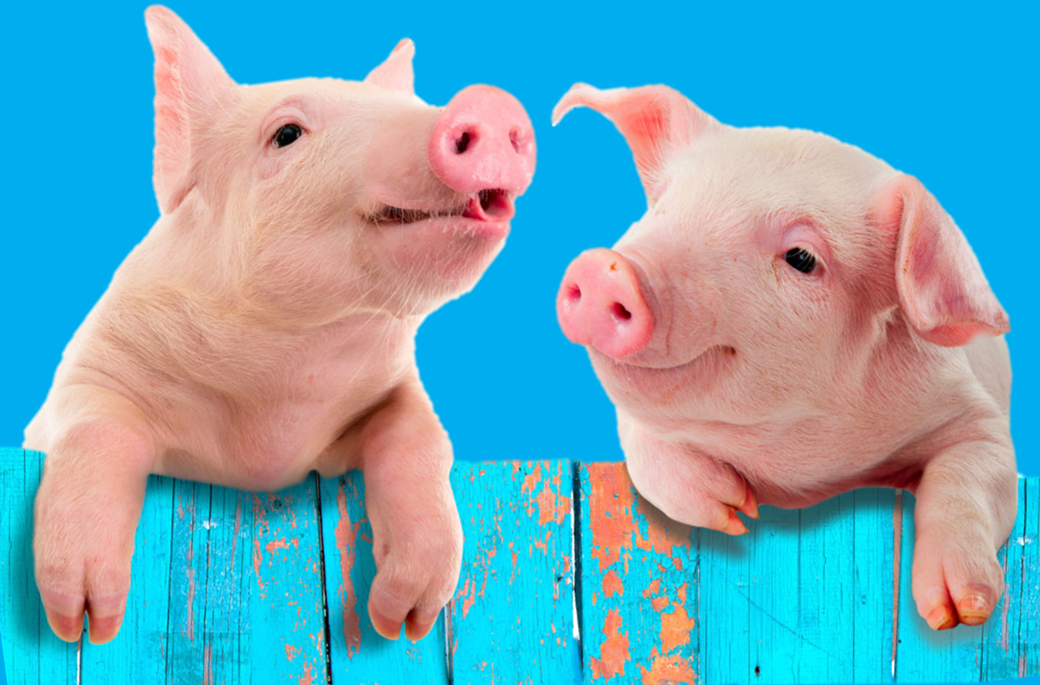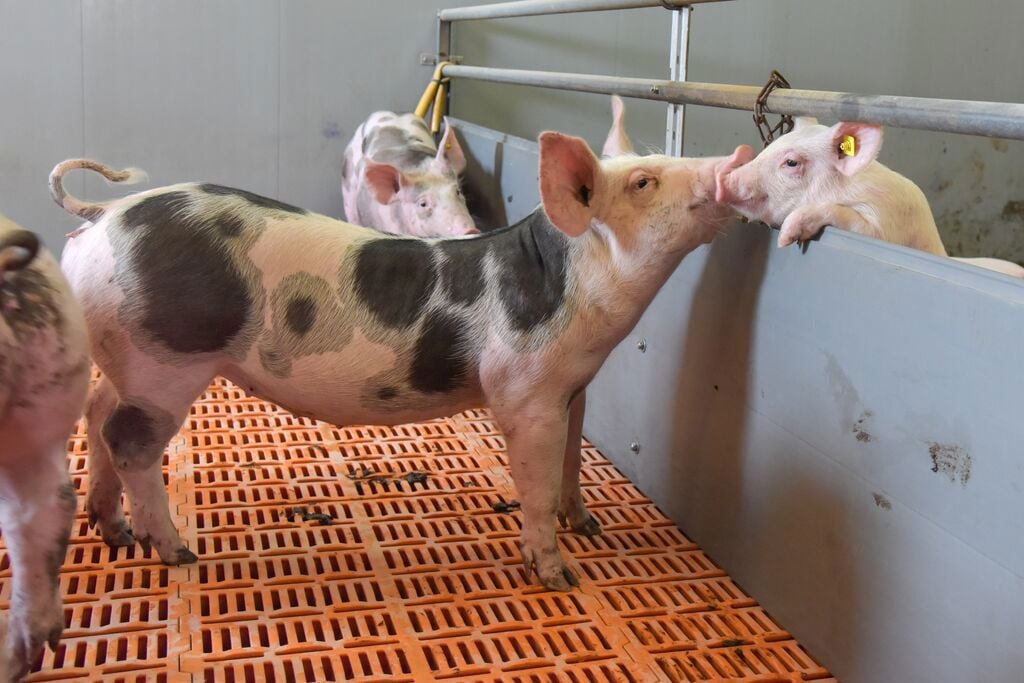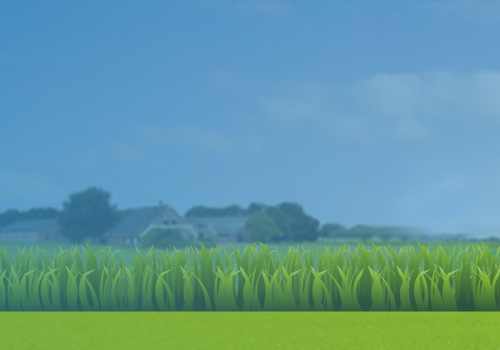
From piglet to pork
Before a pig ends up on your plate as a pork chop or slice of ham, it will have lived in a few different places during its life. Find out more about these places here!

1. The breeding farm
The route from pig to pork starts with a mum (sow) and dad (boar) pig. All male piglets born at the breeding farm go to either a stall or to a finishing farm to be reared for meat.
The strongest female piglets go to a rearing farm to grow up healthy. These ladies will later become mothers to their own piglets.
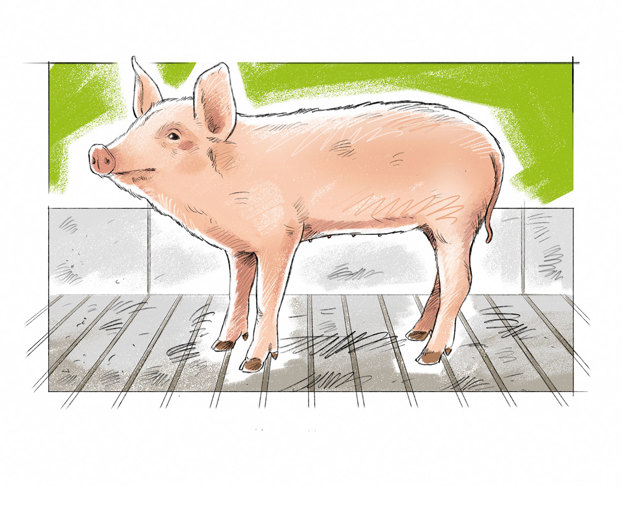
2. The mating stall
The mating stalls are where the sows and the boars can have a nice sniff around each other. The sows become pregnant in the stall; this is usually done artificially. The semen of the male pig is collected and inserted into the sow using a tube. The boar simply just walks along past the row of ladies. He gets to sniff them a bit, so he can get to know them.
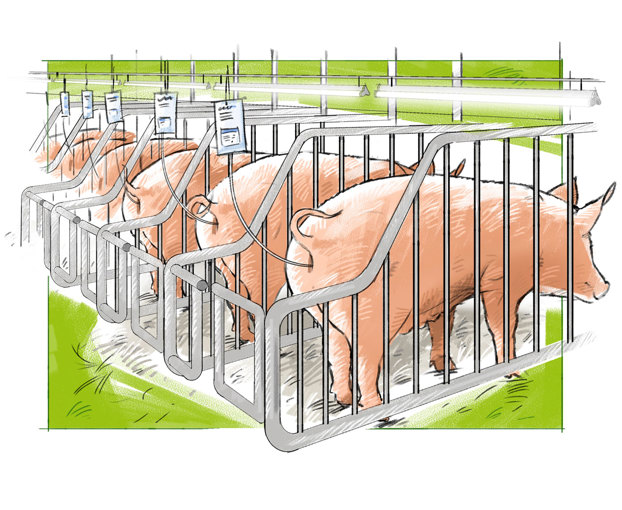
3. The sow stall
The sows that are pregnant with the piglets move to the sow stall where it is nice and quiet, so the pregnant sows can all rest. They need to get a lot of rest and eat well so the piglets in their belly are healthy and grow properly. They are given a special feed with extra fibre to keep them happy and healthy. They can also walk around, lie down and eat whenever they want.

4. The farrowing stall
A few days before the piglets are farrowed (born), the sow goes to the farrowing stall. The sow gives birth in an area known as a farrowing crate, where she can be with her own piglets. There is plenty for her to eat there, as well as heat lamp for the piglets, so they can keep nice and warm.
Piglets get their first feed from their mother. The first milk they get from their mother is called colostrum. In addition to breast milk, the piglets also get a special feed for young piglets, either meal (a powder) or liquid feed. When they are 28 days old, they switch to piglet feed in the form of grains. The piglets stay in the farrowing stall until they are 28 days old, then they go to the rearing stall.
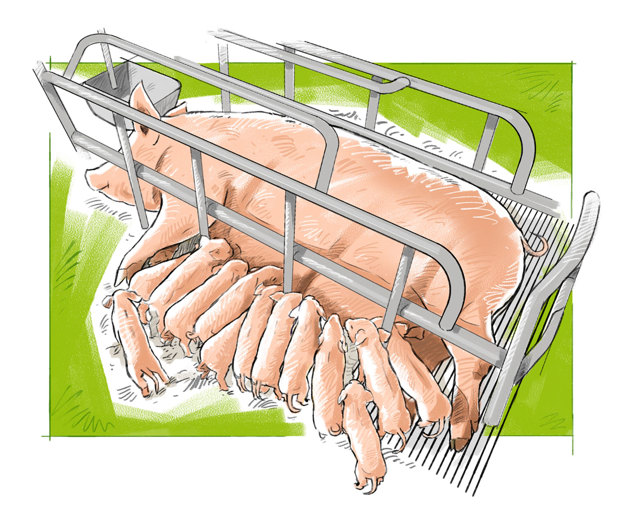
5. The rearing stall
When the piglets are about 10 weeks old and weigh 25 kilograms, they move to the rearing stall, where they grow up. In the rearing stall, the boars (boys) are usually separated from the sows (girls). They get healthy and nutritious food with all sorts of natural raw materials, such as cereals. After all, only healthy pigs taste nice! Pigs also eat food that might otherwise have been wasted, such as potato peelings and leftovers from bakers.

6. The slaughterhouse
When pigs reach a weight of 120 kilograms, they are fully grown. Once the pigs are this heavy, they go to the slaughterhouse. Every part of the pig is then used. The best pieces of meat go to the butchers. The skin is used for shoes and bags. But did you also know that parts of pigs are used for liquorice and beer? Literally no single part of the pig is thrown away!
Read more about the different quality labels for pork.
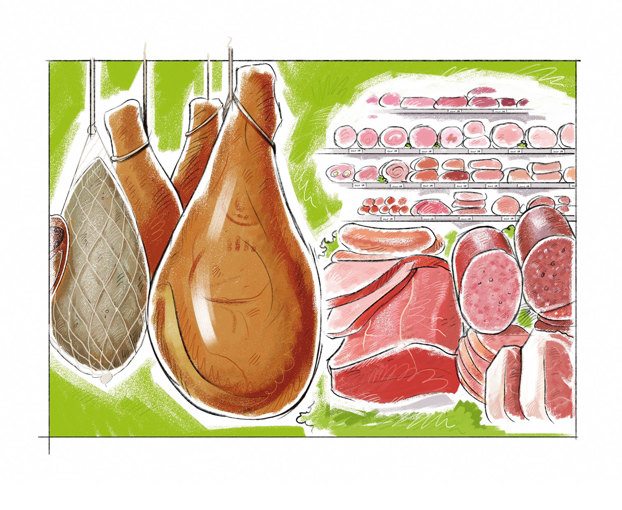
7. Not just for meat
However, pigs are not reared solely for their meat. Their bones are used to make glue and the fat is used in shampoo and body lotion. Their organs are used for medicines and their bristles for brushes. In fact, nothing is wasted from the pig.

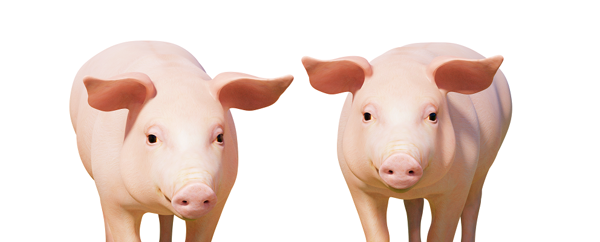
Test your knowledge
Sometimes, when you’re giving a presentation, you might need to ask the audience questions. Why not test your own knowledge here? You could use them in your presentation


